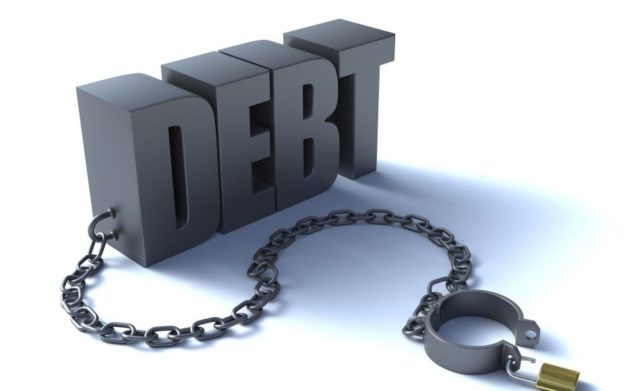Debt and I have not always been on good terms. In college, I wanted to spend the summer in Italy. I romanticized traveling across the Italian countryside, having amazing meals, drinking great wine and meeting interesting people. I wasn’t making much money at the time and a friend suggested getting a credit card. She said she had several credit cards and often used them to finance her travels. Probably the worst financial advice I could have taken. I was spending more money than I had or was making.
The credit card did pay for a good portion of my trip though. So much so, I got to keep paying for that trip for years to come. Yay! (Extreme sarcasm)
Paying off this debt taught me many things about how to better manage my money. If you are serious about getting a better handle on your money, saving $100 more a month or spending $100 less a month, you need to understand where your money comes in and where it leaves.
There are a variety of ways to track this info without having to pay for it. I repeat: DON’T PAY FOR THIS! You will only put more debt on top of your expenses when you are trying to get out of debt.
There are several options for better managing your money that are free. I have listed out some of these below.
The Old Fashion
1. Use a daily journal to track what you are spending. All you need is paper and a pen/pencil.
The 90’s Method
2. Use spreadsheets to track daily, monthly and annual income and expenses. I still use these today to get a high level picture of my income versus expenses. You can get a copy of my spreadsheet here: [insert link]
Modern Methods
Mint
3. Mint
This is the one I use regularly. Mint gives a holistic view of your financial situation quickly and easily once your accounts are linked. Mint provides visuals (graphs and charts) in regards to your income, assets, liabilities and net worth.
*These visuals come in really handy when you are trying to figure out where your money is going (are you spending too much money at the bar again?).
Mint allows you to add your bills (phone, electricity, gas, insurance, loans, etc) so you can keep track of your monthly bills and it will send you notifications of when they are due.
I especially like using Mint because it allows you to set financial goals. It will set up reminders for you and scheduled notifications on where you stand in regards to your goal.
Wally
4. Wally focuses more on setting and attaining savings goals. You can scan receipts to determine where you spend your money and get a better understanding of your spending habits.
The home screen allows you to move between your income and budget. It does a good job of showing you how much you can spend per day and how much you have already spent.
Spending Tracker
5. Spending Tracker
I like Spending Tracker as a way to manage a household budget. This app allows you to log and track your income and expenses, as well as create savings goals. However, it has the ability to sync your partners smart phone or iPhone to track habits of both parties. It’s a great way to make sure you are both supporting financial goals.
Fudget
6. Fudget
Many mobile budgeting apps throw in everything and the kitchen sink when it comes to features. Fudget (Android, iOS), on the other hand, is all about hard and fast simplicity, and being able to use the app on the go. One button lets you add income, another expenses — all of which can be labeled and reordered on a simple timeline that displays your balance at the bottom. Swiping each entry lets you either set it as a recurring entry or delete it. And that’s it. No folders, no savings categories, photos, graphs, or other gimcrackery. Power users will be left wanting for more, but for fast expense logging, Fudget is a nimble and easy to use app. An in-app purchase provides themes and a built-in calculator, while removing advertising.


